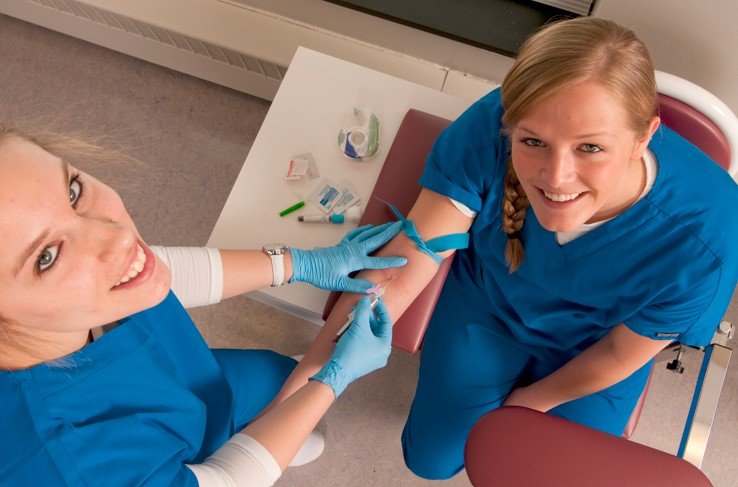Contacting Cms For Clia Certification: A Guide For Hospital Supply And Equipment Management
Summary
- Understanding the CLIA certification process is essential for hospitals in the United States.
- Contacting the Centers for Medicare & Medicaid Services (CMS) for CLIA certification involves several steps.
- Proper communication and documentation are key in obtaining and maintaining CLIA certification.
Contacting CMS for CLIA Certification: A Guide for Hospital Supply and Equipment Management
Introduction to CLIA Certification
Before a hospital can offer laboratory services to patients, they must obtain Clinical Laboratory Improvement Amendments (CLIA) certification. This certification ensures that the laboratory meets regulatory standards for quality and accuracy in testing. The Centers for Medicare & Medicaid Services (CMS) is the governing agency responsible for overseeing CLIA certification in the United States.
Steps to Contact CMS for CLIA Certification
- Identify the Correct CMS Contact Information
- Prepare Necessary Documentation
- Contact CMS Directly
- Submit Application for CLIA Certification
- Undergo Inspection
When looking to obtain CLIA certification, it is crucial to reach out to the right department within CMS. The Division of Laboratory Services (DLS) oversees CLIA certification and can provide guidance on the process.
Before reaching out to CMS, hospitals should ensure they have all the required documentation ready. This may include laboratory test menus, Quality Control procedures, and personnel qualifications.
Once the necessary documentation is in order, hospitals can contact CMS to begin the certification process. This can be done via phone, email, or through the CMS website.
After initial contact, hospitals will need to submit an application for CLIA certification. This application will be reviewed by CMS to ensure that the laboratory meets all necessary requirements.
As part of the certification process, hospitals may be subject to an inspection by CMS. This inspection is to verify that the laboratory is in compliance with CLIA standards.
Importance of Proper Communication and Documentation
Effective communication and documentation are key factors in obtaining and maintaining CLIA certification. Hospitals must be transparent in their communication with CMS and provide accurate and up-to-date documentation throughout the certification process. Failure to do so can result in delays or denial of certification.
Conclusion
Obtaining CLIA certification is a critical step for hospitals looking to offer laboratory services to patients. By following the necessary steps and ensuring proper communication and documentation, hospitals can successfully obtain and maintain CLIA certification from CMS.

Disclaimer: The content provided on this blog is for informational purposes only, reflecting the personal opinions and insights of the author(s) on the topics. The information provided should not be used for diagnosing or treating a health problem or disease, and those seeking personal medical advice should consult with a licensed physician. Always seek the advice of your doctor or other qualified health provider regarding a medical condition. Never disregard professional medical advice or delay in seeking it because of something you have read on this website. If you think you may have a medical emergency, call 911 or go to the nearest emergency room immediately. No physician-patient relationship is created by this web site or its use. No contributors to this web site make any representations, express or implied, with respect to the information provided herein or to its use. While we strive to share accurate and up-to-date information, we cannot guarantee the completeness, reliability, or accuracy of the content. The blog may also include links to external websites and resources for the convenience of our readers. Please note that linking to other sites does not imply endorsement of their content, practices, or services by us. Readers should use their discretion and judgment while exploring any external links and resources mentioned on this blog.
